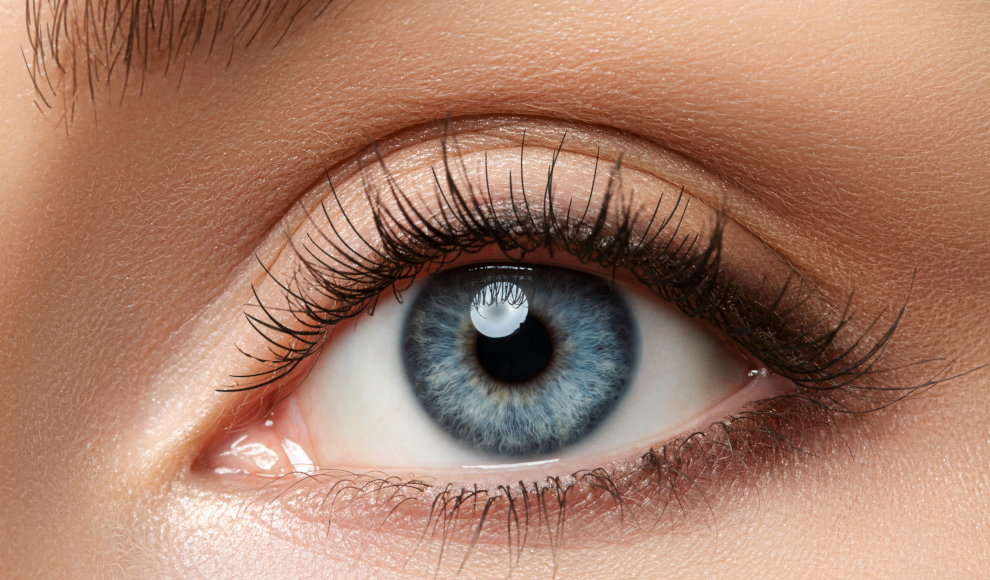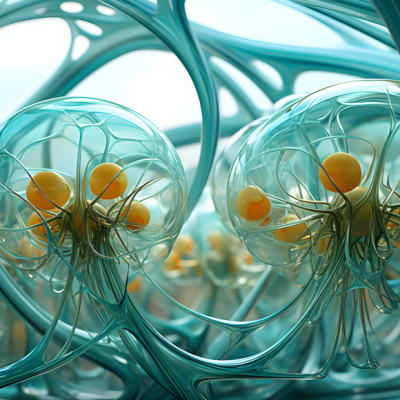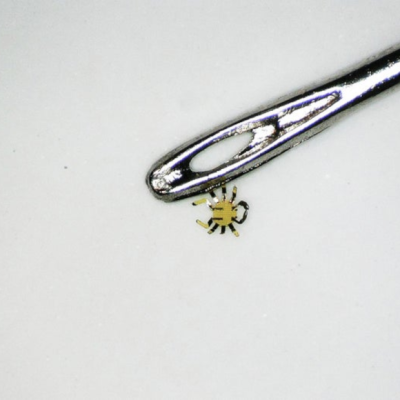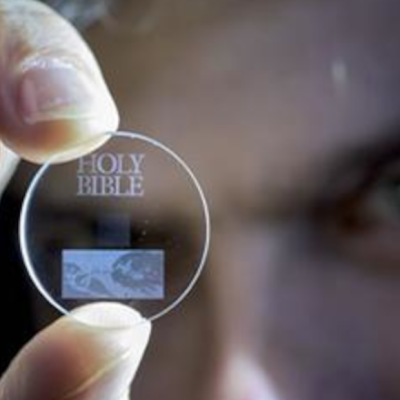A new nanostructure has been developed that could potentially restore vision to people suffering from age-related macular degeneration (AMD) and other vision impairments. AMD is one of the leading causes of blindness in the developed world and is expected to increase in prevalence due to an aging population. The condition is caused by lipid deposits, known as drusen, which lead to a deterioration of the retina’s pigment epithelium (RPE) cells. Studies have shown that replacing damaged RPE cells is one of the most promising treatment options for AMD. Researchers at Anglia Ruskin University have been working on developing a method for growing RPE cells, and have now discovered a way to create a 3D scaffold using nanotechnology that can support the growth of healthy RPE cells for up to five months.
The scaffold was created using the electrospinning technique, and was treated with the steroid fluocinolone acetonide to increase the cells’ resistance, promote growth, and prevent inflammation. The researchers found that the RPE cells grew much better on the 3D scaffold than on a flat surface, which is biologically irrelevant. The development of artificial RPE cells using this new technique could lead to innovative methods for treating AMD and help millions of people worldwide.
According to the researchers, this is the first time that nanofiber scaffolds treated with an anti-inflammatory substance like fluocinolone acetonide have been shown to improve the growth, differentiation, and functionality of RPE cells. The progress made in growing artificial RPE cells using this new technique could potentially replace the Bruch’s membrane and help millions of people worldwide. This breakthrough could be a game-changer in the treatment of AMD and other vision impairments.










